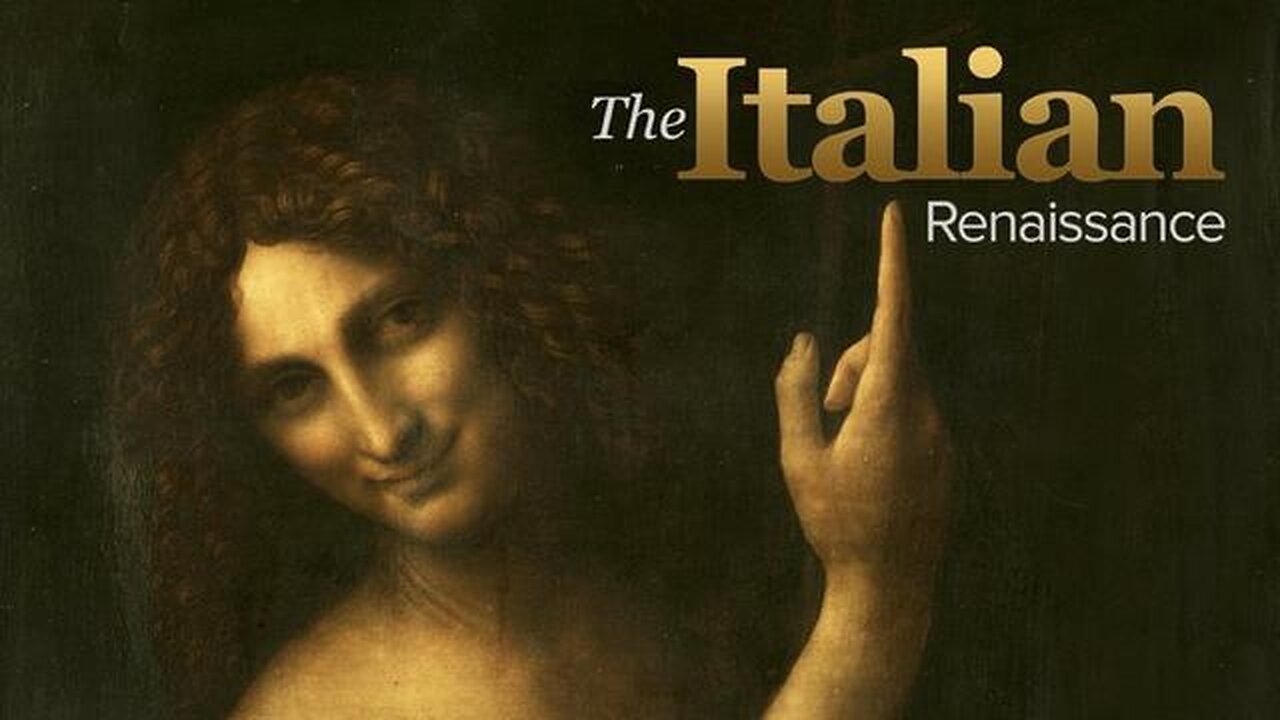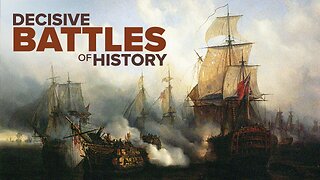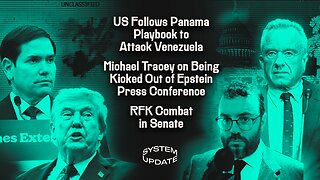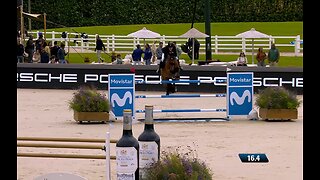Premium Only Content

The Italian Renaissance | The Renaissance Papacy (Lecture 24)
Lecture 24: After Martin V returned a united papacy to Rome in 1420, it was the ambition of almost every Renaissance pope to reestablish the authority of the Holy See. But if absolute papal theocracy were to be firmly reestablished, it would be necessary for the pope to enjoy economic, military, and political power, as well as spiritual primacy. There was, therefore, built into the papacy an ambiguous dual authority, one religious and one secular.
As the heirs of St. Peter, the popes who ruled during the Renaissance were the leaders of Catholicism. But also as the reputed heirs of the Roman emperors, they were regarded as universal sovereigns. Thus, the story of the Renaissance papacy is one of family and personal ambition, a desire to increase the grandeur of Rome and the see of St. Peter while also increasing the power of the pope’s family so that it could outlast his death. In fact, the Renaissance popes were most often seen by their neighbors as powerful Italian princes, ruling a large state that cut across the center of the peninsula north of the Kingdom of Naples.
Primary Source Texts:
Kenneth R. Bartlett, “The Church and the Papacy,” pp. 297–339, in The Civilization of the Italian Renaissance.
Secondary Sources:
Peter Partner, Renaissance Rome, 1500–1559: A Portrait of a Society.
Charles L. Stinger, The Renaissance in Rome.
Supplementary Reading:
Michael Mallett, The Borgias: The Rise and Fall of a Renaissance Dynasty.
Lecture 25: https://rumble.com/v4yk0f8-the-italian-renaissance-the-crisis-the-french-invasion-of-1494-lecture-25.html
-
 30:04
30:04
The Great Courses
3 months agoDecisive Battles of World History | 1866 Königgrätz - Bismarck Molds Germany (Lecture 30)
154 -
 LIVE
LIVE
Rallied
3 hours ago $2.21 earnedWarzone Solo Challenges
438 watching -
 57:40
57:40
MattMorseTV
3 hours ago $4.97 earned🔴Trump just SHATTERED the RECORD.🔴
18.8K63 -
 LIVE
LIVE
WickedVirtue
40 minutes agoLate Night Spooky Plays
103 watching -
 2:04:02
2:04:02
Glenn Greenwald
4 hours agoTrump and Rubio Apply Panama Regime Change Playbook to Venezuela; Michael Tracey is Kicked-Out of Epstein Press Conference; RFK Senate Hearing | SYSTEM UPDATE #508
70.3K69 -

Total Horse Channel
5 hours ago2025 CSI3* A Coruña Porsche - Grand Prix
3.05K -
 LIVE
LIVE
megimu32
1 hour agoOTS: Mighty Morphin Power Rangers & the 90s Movie That Defined a Generation
130 watching -
 LIVE
LIVE
Badlands Media
16 hours agoThe SITREP Ep. 128
1,704 watching -
 LIVE
LIVE
BubbaSZN
2 hours ago🔴 LIVE - FORTNITE WITH NEW KEYBOARD
54 watching -
 DVR
DVR
Mally_Mouse
2 hours agoThrowback Thursday! Let's Play: Cuphead
9.91K1